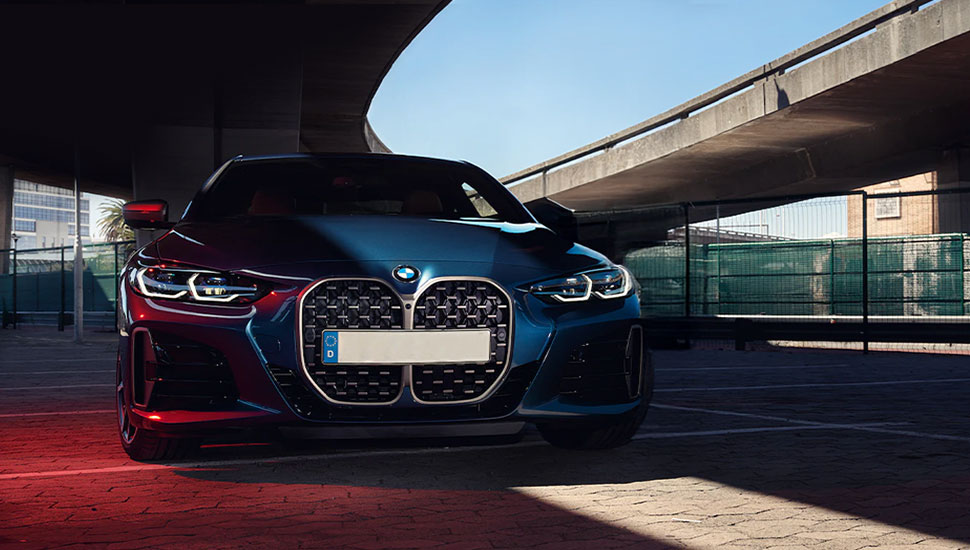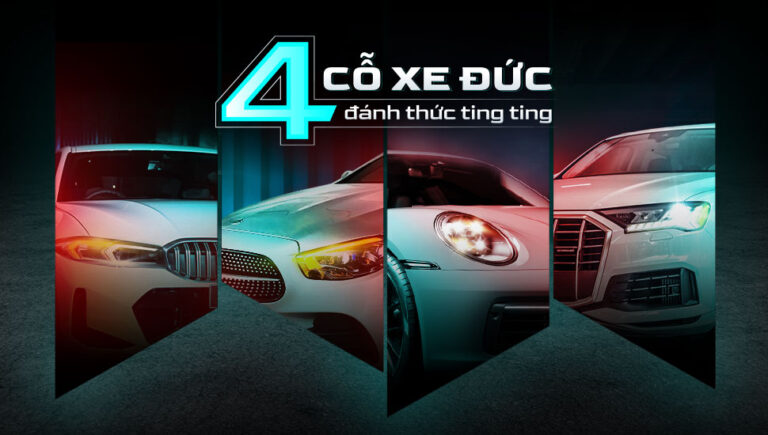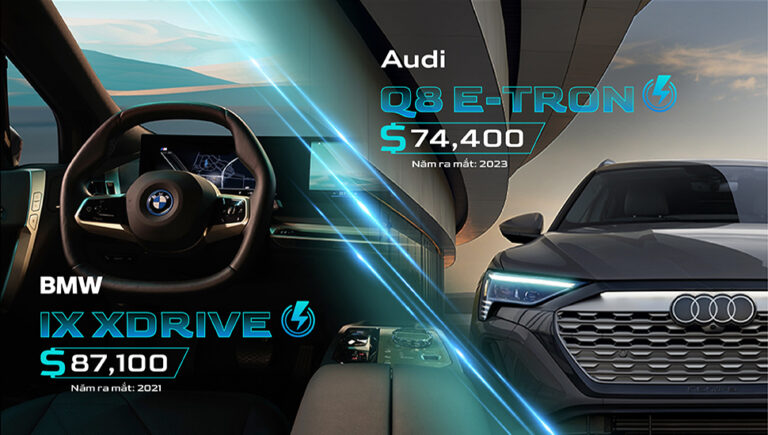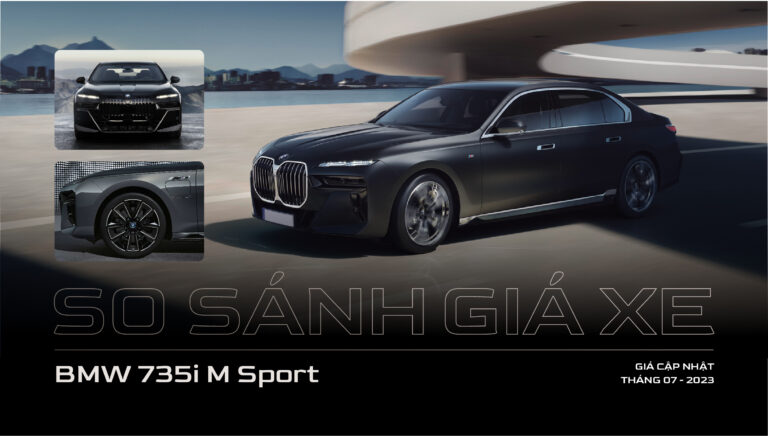Toyota has the Camry; Honda has the Accord; BMW has the 3 Series. Few car models can boast half a century of continuous production. Through seven generations since its debut in 1975, the BMW 3 Series has consistently captured the spirit of the times, embodying the quintessential essence of BMW.
First Generation: 1975–1983
In 1975, as the Vietnam War had just ended and Vietnamese people freely roamed the streets on bicycles, the first BMW 3 Series—a two-door sedan succeeding the iconic BMW 02 Series—was unveiled to the world at Munich’s Olympic Stadium.
The first-generation BMW 3 Series introduced innovations that became hallmarks of all future BMW models: the iconic twin kidney grille, body creases along the sides, and twin headlights. It can be said that the BMW 3 Series Sedan laid the foundation for a success story that has lasted for half a century and is still going strong. To date, there have been a total of 17 distinct kidney grille designs, flexibly applied across hundreds of BMW models.
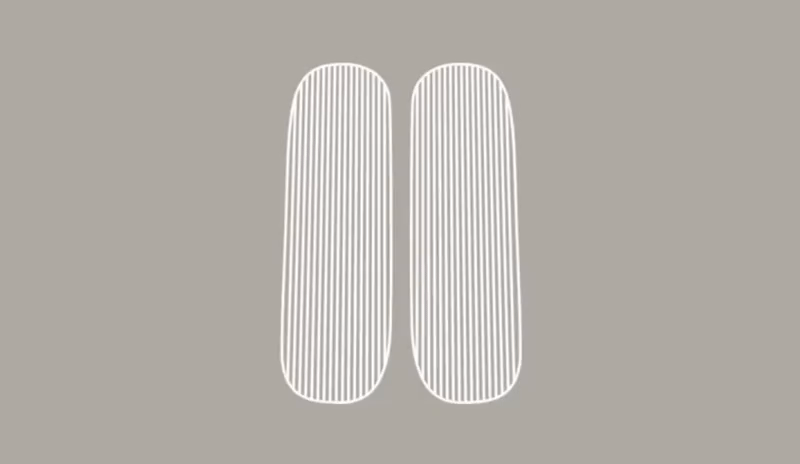
Fourth Generation: 1997–2006
BMW was the first German carmaker to officially enter Vietnam, arriving in 1993–1994, even before Mercedes-Benz. This was just prior to U.S. President Bill Clinton lifting the embargo and normalizing diplomatic relations between the United States and Vietnam in 1995. Following this milestone, carmakers like Toyota, Mazda, Mitsubishi, and Ford sequentially began official operations in Vietnam.
The BMW 3 Series became the most popular luxury sedan in Vietnam during the late 1990s and early 2000s, alongside the Mercedes E240, Toyota Camry, Honda Accord, and Mazda 626.
A Vietnamese Perspective
Uncle Minh (Vietnam): “In 2010, I bought a used BMW 3 Series (E46) and restored it because it was the love of my youth. Over ten years of ownership (it was my secondary car, not my main one, used only on weekends or when I felt like it), I spent more money than the car was worth. As the saying goes, ‘Never buy an old Beemer if you can’t afford to fix it.’ But there was a bigger reason: I loved driving it.
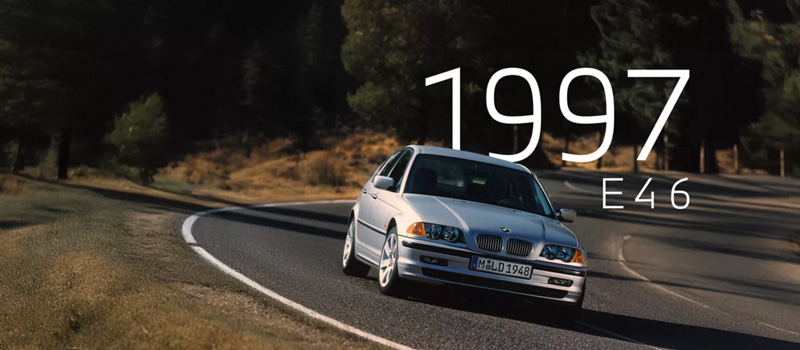
“One thing I never got tired of was the car’s balance and power; no matter how hard you pushed it into corners, it gripped the road like a gecko on a wall.”
The fourth generation retained BMW’s signature sedan design elements but introduced significant improvements: redesigned windshields, side windows, pillars, and rooflines. These updates proved incredibly successful, with over 3.2 million units sold. This generation became the best-selling BMW model in history. Will history repeat itself with the current seventh generation?
Seventh Generation: 2018–Present
In 2016, to celebrate its 100th anniversary, BMW held the BMW World Expo Vietnam in Hanoi, showcasing 100 models representing a century of BMW innovation. By early 2018, Thaco officially became the importer and distributor of BMW vehicles in Vietnam. In early 2023, BMW enthusiasts celebrated the news that the 3 Series would now be locally assembled and sold at lower prices. (In Vietnam, locally assembled models are typically 10–20% cheaper than imports, excluding other tax and fee incentives)
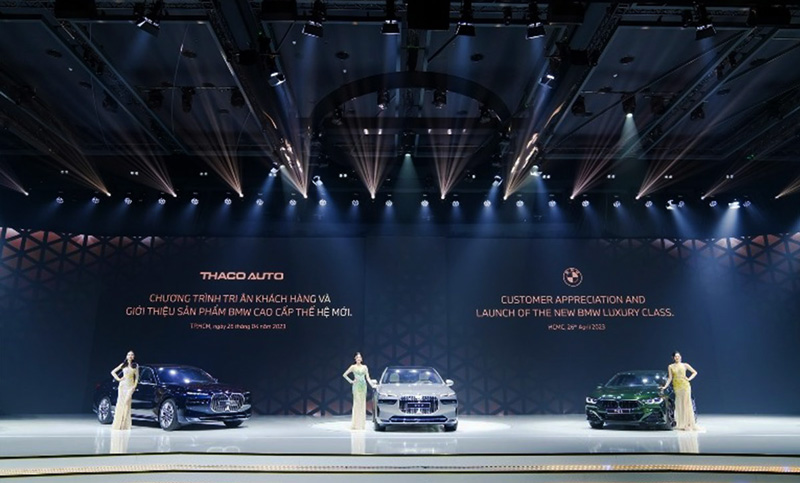
BMW 3 Series Priceline
BMW 320i Sportline: 1,530,000,000 VND
BMW 320i M Sport: 1,720,000,000 VND
BMW 330i M Sport: 1,880,000,000 VND
Since being locally assembled and re-priced by Thaco, the BMW brand has reignited passion among Vietnamese customers who love German cars. Two strategic models—BMW 3 (Sedan) and BMW X5 (SUV)—stand at the forefront of this resurgence. For “young bosses” looking to upgrade from cars like the Toyota Vios, Mazda3, Hyundai Elantra, or Kia K3, the two most popular choices are now the BMW 3 Series or the Mercedes C-Class.
Starting in 2023, thanks to local assembly and competitive pricing, the BMW 3 Series has become the overwhelming choice for young boss drivers in Southern Vietnam, pushing the C-Class into a secondary option often favored by older customers. If Mercedes represents the “boss-class luxury” image, BMW exudes “sporty elegance” while offering the hallmark BMW driving experience across all its models. Below are the “perceived specifications” from the editorial team at Suốt Ngày Xe regarding the BMW 3 Series.
A Vietnamese Driver’s Insight
Mr. Phát (Vietnam): “For some, a car is a means of transportation. For others, it’s a way to assert their value. For yet another group, it’s a tool for enjoying life. The BMW 3 Series satisfies all three types of customers. Everything about it can be summed up in one word: ‘balanced.’ The price is balanced, the design is balanced, and it’s just right in every way. Of course, its fiery engine and sturdy chassis add excitement with every press of the gas pedal.”
With competitive pricing starting at 1.5 billion VND, local assembly, and a brand growing stronger by the day, the BMW 3 Series is steadily outpacing the Mercedes C-Class and leaving Audi A4 models unsold in showrooms for nearly two years. This trend is likely to continue as the localization rate of the BMW 3 Series increases.
The latest competitor, the Toyota Camry 2.5 HEV, is undergoing a youthful design refresh with a price tag comparable to the BMW 3. With more features and a “presidential” rear seat, it could pose a challenge. However, the Camry will likely cater to a different audience.
In the 2000s, Vietnam saw a sedan battle between the Toyota Camry and Ford Mondeo when car options were limited. Today, with over 240 models from 40 brands available, Vietnamese customers are eager to upgrade to German cars after growing tired of “Sashimi Toyotas” and “Kimchi Hyundais”. There’s a simple truth: as BMWs become more prevalent, Mercedes prices keep dropping.
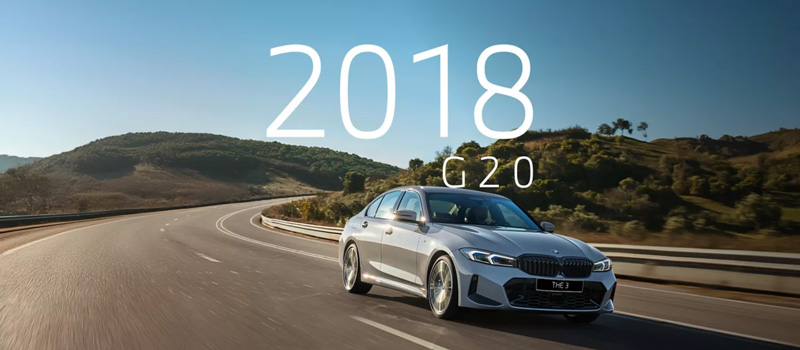
In Southeast Asia, Vietnam has been BMW’s fastest-growing market over the past three years. BMW jumped from fourth place in 2022 to second in 2023 with 2.023 units sold, a 108% increase. Among the five major German brands—BMW, Audi, Porsche, Mercedes, and Volkswagen—the name BMW, particularly the BMW 3 Series, always lingers in the minds of young Vietnamese drivers striving to join the ranks of the Bimmer community. Bim Bim!
